Kotak Mahindra Bank Limited v. A. Balakrishnan and Ors
Name of the Case: Kotak Mahindra Bank Limited v. A. Balakrishnan and Ors
Case Number: Civil Appeal No. 689 of 2021
Judges Name: Hon’ble Judges L. Nageswara Rao, B. R. Gavai, A. S. Bopanna, JJ.
Order dated: 30.05.2022
Facts of the Case:
- The facts of this case date back to 1993-94, wherein the Ind Bank Housing Limited (IBHL) sanctioned credit facilities to borrower entities, with the corporate debtor (M/s Prasad Properties and Investments Pvt. Ltd. – Respondent – 2) standing as the mortgagor.
- The borrowers’ facilities were classified as NPAs on their default in repayment of dues. Kotak Mahindra Bank Ltd. (KMBL – Appellant) entered into a deed of assignment with IBHL, assigning all the rights and related debts due from the borrowers.
- A compromise was entered into, also recorded by the Madras High Court, and it detailed that Respondent 2 was liable to repay the debts to the Appellant. The Appellant followed the due procedure as per the SARFAESI Act, which then progressed to three applications being filed by the Appellant for Debt Recovery Certificates or DRCs.
- The certificates were issued in 2017 and based on the same, the Appellant initiated CIRP Process in 2018 under Section 7 of the IBC as a Financial Creditor.
- The NCLT admitted the application, following which Respondent 2 appealed to the NCLAT, reasoning that the application was filed post the expiry of the limitation period. The NCLAT allowed the appeal, and the impugned judgement was considered for its rationality before the Supreme Court.
Hon’ble Supreme Court observed/held as follows:
- The counsel for the Appellant submitted that the case at hand is not res integra anymore, as the Supreme Court had recently adjudicated (Dena Bank v. C Shivakumar Reddy ([2021] 10 SCC 330) upon a similar matter and held that, once a certificate of recovery or DRC is issued, a fresh right accrues to recover the dues. Based on this, the Section 7 application filed is within the limitation period.
- The Respondents’ counsel utilised the merger doctrine to contend the cessation of the debt repayment proceedings. Bringing in second litigation on the same cause of action invites the doctrines of res judicata and per rem judicatam. They also contended that a DRC does not amount to a decree and the Dena Bank case is per incuriam.
- The court agreed with the Appellant’s contentions related to the Dena Bank case but decided to analyze the circumstances and decision of the case as to whether it is per incuriam.
- The Hon’ble court explained that the term per incuriam applies only when a judgement is in contravention of any existing statute, rule or regulation, or when a judgement/order has been given without paying heed to existing precedents on the matter. The contention that the Dena Bank judgement is per incuriam was wholly unsustainable.
- Justice BR Gavai reiterated the stand taken by the Appellant regarding the IBC. Keeping in mind the purpose and objective of the IBC, its provisions must be construed in such a way as to benefit the parties involved.
- Coming to the crux of this case, the provisions of the IBC were scrutinized, and Section 5(8) was focused on as it deals with “financial debt”. As the statute is phrased using the term “includes”, the court sought to look into the varied interpretations of the word in a legal context. Based on the precedential analysis, the court concluded that Clause (8) of Section 5 does not intend to exclude claims arising out of DRCs. For a default to exist, a debt is needed, and for a debt to exist, a claim is needed. Combining this interpretation with the purpose of the IBC, the court held that liabilities arising out of DRCs would be financial debt. So, the holder of such a certificate is entitled to initiate CIRP under the IBC within three years of the DRC being issued.
Therefore, the Hon’ble Supreme Court of India allowed the appeal and the impugned judgment of NCLAT was quashed.

